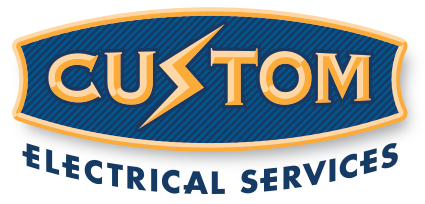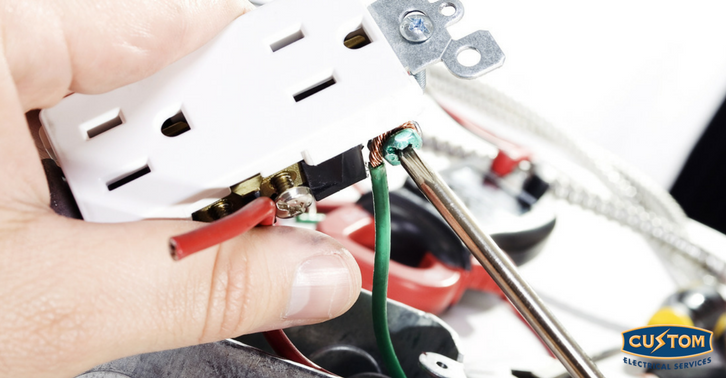
The NEC Has Increased the Number of Outlets in Your Home
As the need for outlets in your home has increased the requirements for adding electrical outlets (also known as receptacles) has increased. This is less for convenience and more for safety concerns. After all, when faced with too few outlets, do we unplug an existing device or seek out another power strip or extension cord to plug in the new device? While extension cords are fine for temporary use, they should never become permanent fixtures. Unfortunately, older homes with a low number of outlets per room tend to depend on them heavily.
Aside from the trip hazard caused by extension cords, the extra wiring and increased load demand generated by multiple power strips on the same circuit will exceed the current rating for your home’s circuit eventually. If you find yourself regularly tripping breakers due to power demands in a certain room, you should consider scheduling an electrical inspection to see about installing or upgrading your home’s electrical wiring to handle higher power loads.
As an added bonus, if you’re already having wiring and infrastructure upgrades made, it’s a good idea to install a few more outlets as well. In 2014, the NEC upgraded their requirements for how electrical receptacles are to be installed in the home to account for technology upgrades. The International Association of Electrical Inspectors (IAEI) has a great writeup on the changes made by the NEC. While the majority of changes are centered around GFCI outlet locations and exceptions, there are some new rules regarding how outlets are to be marked and installed. Of course, qualified technicians like those employed at Custom Electrical stay up to date on these trends and can make sure that your home is up to code (essential when buying or selling a house).
How to Replace an Electrical Outlet
Even with an increased number of outlets in the home, a damaged or non-functioning outlet can be a incredibly annoying. If it’s an outlet that’s used for a more permanent fixture (a lamp or TV) it can require redecorating or changing the layout of the room to get around the broken outlet. Instead of rearranging furniture or running extension cords, replacing the outlet is simpler than you might think.
- Do plugs slide out of outlets during use?
- Do you smell fish or urine while an outlet is in use?
- Is there a spark or do you receive a mild shock when touching an outlet?
- Do you see occasional smoke or smell burning when using an outlet?
- Is the faceplate of the outlet hot to the touch?
- Are devices not receiving power when plugged in?
If you answer yes to any of these questions, then it’s time to replace your outlet.
- Turn off power to the circuit the outlet is connected to. Always do this at the circuit breaker, even if the outlet is connected to a wall switch. If you aren’t sure which breaker the outlet is on, we suggest having an electrician test and label your circuit breaker. Use a circuit tester to see if power is still being supplied to the outlet.
- Remove the faceplate covering the outlet. This is done by removing the screws holding the faceplate onto the outlet.
- Remove the screws holding the outlet in place. Typically, two screws hold the receptacle inside the outlet’s housing. Remove these screws using an insulated screwdriver and pull the receptacle free of the housing. You’ll see multiple wires coming off the back of the outlet.
- Identify the outlet type. There are two ways that an outlet can be connected: push terminals or screw terminals. Push terminals will simple have the wires embedded in the back while screw terminals have the wires screwed into place.
- Copy the old outlet wire to wire. You can follow the instructions that came with your outlet or simply copy the wiring as you replace the old outlet. Keep in mind that the neutral socket (the larger of the two holes in an outlet) should always be on the left side of the socket.
- Restore the outlet and its faceplate to the housing.
- Restore power to the outlet.
It’s that simple. Of course, if you don’t feel comfortable replacing an outlet yourself or are worried about the installation due to extra complications (the outlet is part of a large set or is attached to a dimmer or wall switch) always call a licensed electrician. After all it’s better to stay safe when dealing with your home’s electrical system.
For the best in quality electrical repair work and installations, contact the professionals at Custom Electric! Be sure to check back here each week for helpful advice, news, and guides or follow us on Facebook and Twitter!



